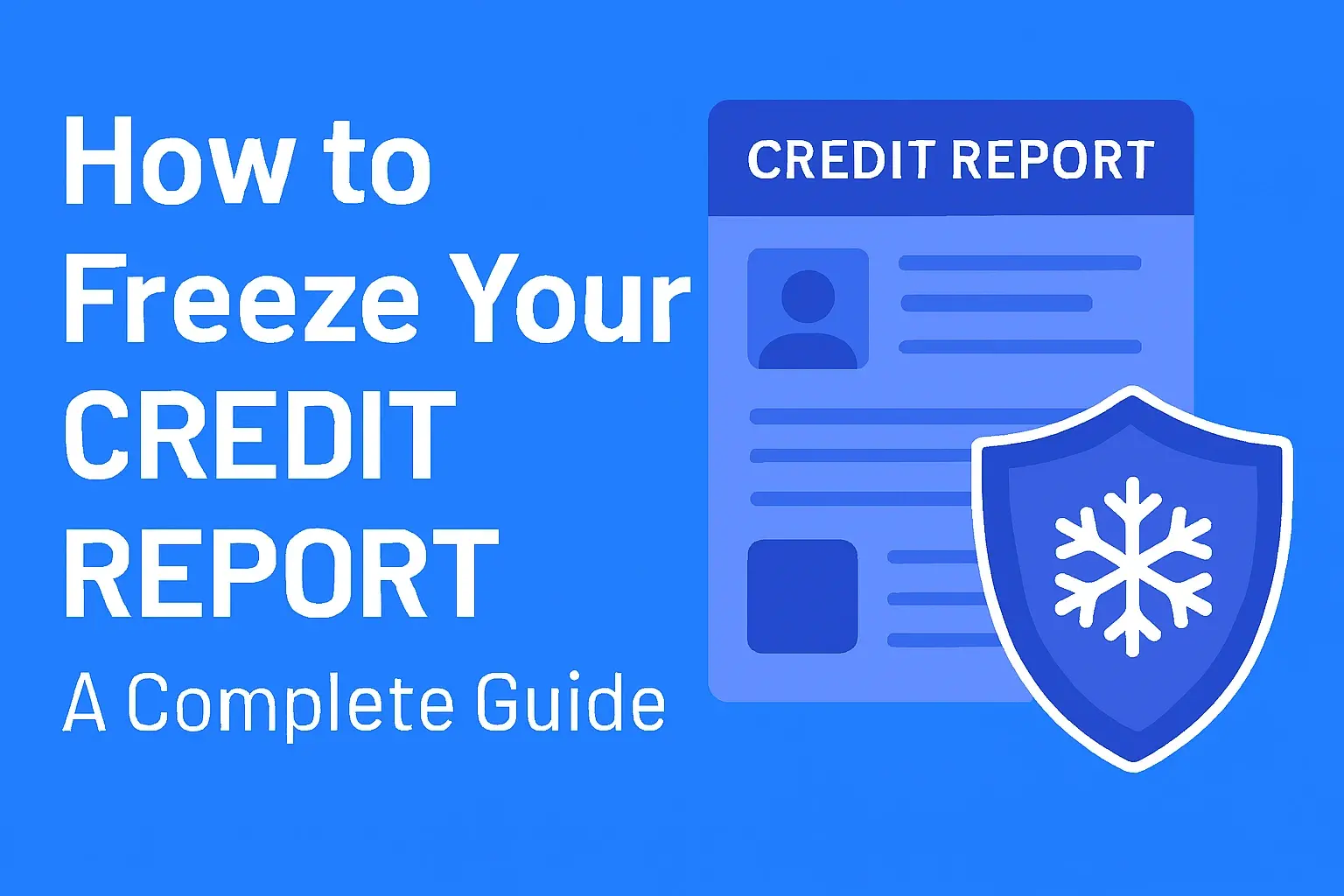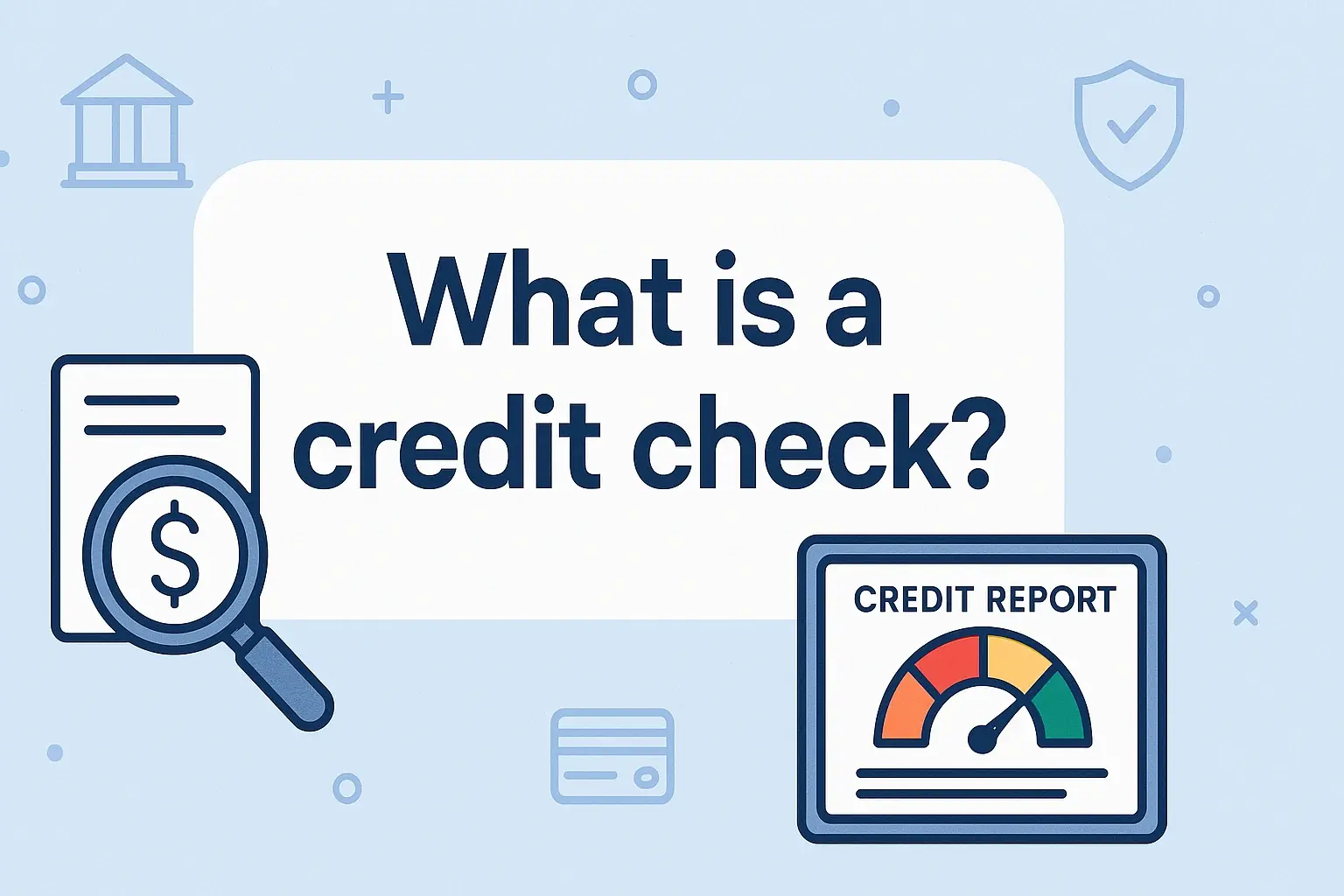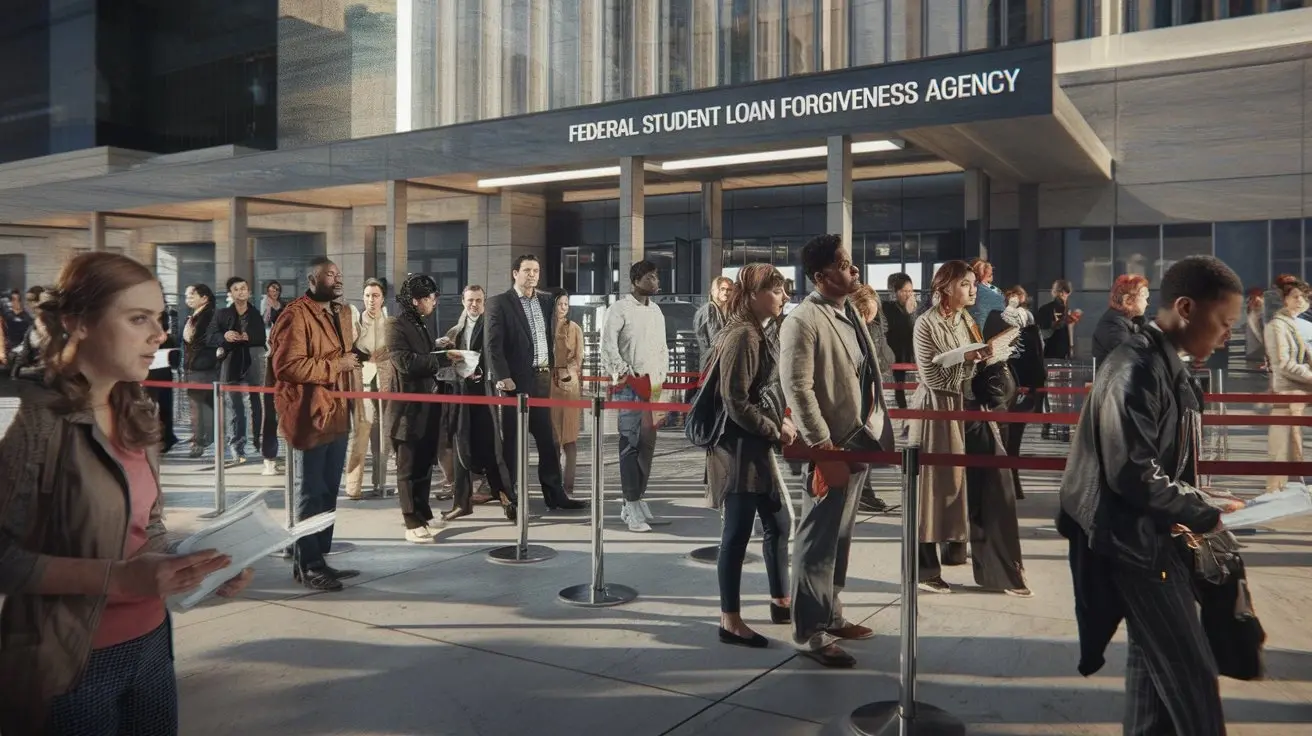Having a good credit score is essential for financial well-being. It impacts everything from loan approvals and interest rates to rental applications and even job opportunities. If you find yourself struggling with bad credit, you might be wondering: "Can I repair my credit myself?" The answer is a resounding yes! While credit repair companies offer services to help, you have the legal right and the ability to improve your credit on your own. This guide will walk you through the process, providing actionable steps, legal information, and helpful tips to get you started on the path to a better credit score.
Understanding Credit Scores and Reports
Before diving into the repair process, it's crucial to understand what influences your credit score and what information is contained in your credit reports.
What is a Credit Score?
A credit score is a three-digit number that represents your creditworthiness. It's a snapshot of your financial history and how likely you are to repay debt. The most commonly used credit scoring models are FICO and VantageScore, each with slightly different ranges, but generally, scores fall into these categories:
- Excellent: 800-850
- Very Good: 740-799
- Good: 670-739
- Fair: 580-669
- Poor: 300-579
Factors Affecting Your Credit Score
Credit scores are calculated based on several factors, each weighted differently. Understanding these factors will help you identify areas to focus on for improvement:
- Payment History (35%): This is the most important factor. Paying your bills on time, every time, is crucial. Late payments, even by a few days, can negatively impact your score.
- Amounts Owed (30%): This refers to the amount of debt you owe compared to your available credit (credit utilization). Keeping your credit card balances low (ideally below 30% of your credit limit) is vital.
- Length of Credit History (15%): A longer credit history generally leads to a higher score. The age of your oldest account, newest account, and the average age of all your accounts are considered.
- Credit Mix (10%): Having a mix of different types of credit (e.g., credit cards, installment loans) can positively impact your score, but it's not as crucial as payment history and amounts owed.
- New Credit (10%): Opening too many new accounts in a short period can lower your score. Each application for credit results in a "hard inquiry" on your credit report, which can slightly decrease your score.
What is a Credit Report?
A credit report is a detailed record of your credit history, containing information such as:
- Personal Information: Your name, address, Social Security number, and date of birth.
- Credit Accounts: Details of your credit cards, loans, and other lines of credit, including account balances, payment history, and credit limits.
- Public Records: Information from public records, such as bankruptcies, tax liens, and judgments.
- Inquiries: A record of who has accessed your credit report.
DIY Credit Repair: A Step-by-Step Guide
Now that you understand the basics of credit scores and reports, let's get into the practical steps you can take to repair your credit yourself:
Step 1: Obtain Your Credit Reports
The first step is to obtain copies of your credit reports from all three major credit bureaus: Equifax, Experian, and TransUnion. You are entitled to a free credit report from each bureau once every 12 months through AnnualCreditReport.com. This is the official website mandated by federal law.
Why is it important to check all three? Because not all creditors report to all three bureaus. Information on one report might be missing or inaccurate on another. Checking all three gives you a complete picture of your credit history.
Step 2: Review Your Credit Reports Carefully
Once you have your credit reports, review them thoroughly for any errors, inaccuracies, or outdated information. Common errors include:
- Incorrect personal information: Misspelled name, wrong address, or incorrect Social Security number.
- Duplicate accounts: The same account listed multiple times.
- Inaccurate account balances: Incorrect balances on your credit cards or loans.
- Incorrect payment history: Late payments that were not actually late, or accounts marked as delinquent when they were paid on time.
- Accounts that don't belong to you: Accounts opened fraudulently in your name.
- Outdated information: Negative information that should have been removed after seven years (except for Chapter 7 bankruptcies, which can stay for 10 years).
Pay close attention to negative items, such as late payments, collections accounts, and charge-offs. These are the items that are dragging down your credit score.
Step 3: Dispute Errors with the Credit Bureaus
If you find any errors or inaccuracies on your credit reports, you have the right to dispute them with the credit bureaus. The Fair Credit Reporting Act (FCRA) requires credit bureaus to investigate disputed information within 30 days. You can dispute online, by mail, or sometimes by phone (though written disputes are generally recommended for documentation purposes).
How to File a Dispute:
- Write a dispute letter: Your letter should clearly identify the specific items you are disputing and explain why you believe they are inaccurate. Include copies of any supporting documentation, such as payment records, account statements, or identity verification.
- Send your letter via certified mail: This provides proof that the credit bureau received your dispute.
- Keep copies of everything: Maintain copies of your dispute letter, supporting documentation, and the certified mail receipt.
Sample Dispute Letter Template:
[Your Name] [Your Address] [Your Phone Number] [Your Email Address] [Date] [Credit Bureau Name] [Credit Bureau Address] Subject: Dispute of Credit Report Information Dear [Credit Bureau Name], I am writing to dispute information contained in my credit report. I recently obtained a copy of my report, and I have identified the following errors: * [Clearly describe the inaccurate item. For example: "Account number 123456789 listed as a charge-off, which is incorrect. I have enclosed documentation showing the account was paid in full on [Date]." ] * [Clearly describe the inaccurate item. For example: "Late payment reported on [Date] for account number 987654321, which is incorrect. I have enclosed a bank statement showing the payment was made on time."] * [Continue listing each inaccurate item] I believe this information is inaccurate because [Explain why you believe the information is incorrect. Be specific.]. I request that you investigate these items and remove or correct them from my credit report. I have enclosed copies of [List the documents you are including as evidence, such as payment records, bank statements, etc.] to support my claim. Thank you for your prompt attention to this matter. Sincerely, [Your Signature] [Your Typed Name]
Step 4: Follow Up with the Credit Bureaus
After 30 days, the credit bureau should send you the results of their investigation. If they confirm that the information is inaccurate, they will remove or correct it from your credit report. If they uphold the information, you have the right to add a statement to your credit report explaining your side of the story.
Reinvestigation Requests: If the credit bureau does not correct the error, and you have additional evidence or believe they did not properly investigate, you can request a reinvestigation. Be sure to provide any new evidence you have.
Step 5: Negotiate with Creditors and Collection Agencies
Even if the information on your credit report is accurate, you may still be able to negotiate with creditors and collection agencies to improve your credit score. Here are a few strategies:
- Pay-for-delete: This involves negotiating with a collection agency to remove a collection account from your credit report in exchange for payment. Be cautious with this approach, as some collection agencies may not honor the agreement. It's crucial to get the agreement in writing before making any payment. However, pay-for-delete is becoming less common and some scoring models still weigh the account even if it's deleted.
- Goodwill letters: If you have a good track record with a creditor but made a mistake and had a late payment, you can write a goodwill letter explaining the situation and asking them to remove the late payment from your credit report. This is most effective if you have an otherwise positive payment history.
- Debt validation: Collection agencies are required to provide you with proof that they own the debt and have the legal right to collect it. If they cannot provide this documentation, you can request that the debt be removed from your credit report.
Step 6: Practice Good Credit Habits
Repairing your credit is only half the battle. To maintain a good credit score in the long term, you need to practice good credit habits:
- Pay your bills on time, every time: Set up automatic payments to avoid missing deadlines.
- Keep your credit card balances low: Aim for a credit utilization ratio below 30%.
- Don't open too many new accounts: Avoid applying for multiple credit cards or loans in a short period.
- Monitor your credit reports regularly: Check your credit reports at least once a year to catch any errors or signs of identity theft early.
Common Mistakes to Avoid
While repairing your credit yourself is possible, it's important to avoid common pitfalls:
- Paying upfront fees to credit repair companies: Legitimate credit repair companies cannot charge you upfront fees before providing any services. Be wary of companies that make promises that sound too good to be true.
- Disputing accurate information: Falsely disputing accurate information can be considered fraud and may not be effective.
- Ignoring your debts: Ignoring your debts will only make the situation worse. Even if you can't pay the full amount, try to negotiate a payment plan with your creditors.
- Closing old credit card accounts: Closing old credit card accounts can reduce your available credit and negatively impact your credit utilization ratio.
When to Consider Professional Help
While DIY credit repair is effective for many people, there are situations where seeking professional help from a reputable credit counselor or attorney may be beneficial:
- You have a complex credit situation: If you have multiple accounts in collections, bankruptcies, or other significant credit issues, a professional may be able to provide guidance and support.
- You are overwhelmed by the process: Credit repair can be time-consuming and confusing. If you feel overwhelmed, a professional can handle the process for you.
- You are dealing with identity theft: If you are a victim of identity theft, a professional can help you navigate the complex process of restoring your credit.
Important Note: Be extremely cautious when choosing a credit repair company. Research the company thoroughly, check their reviews, and make sure they are compliant with all applicable laws. Never pay upfront fees or provide sensitive personal information to a company you don't trust.












